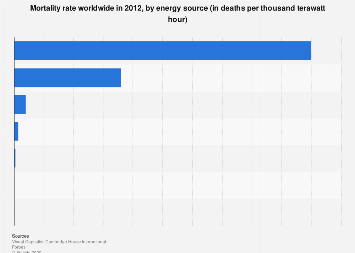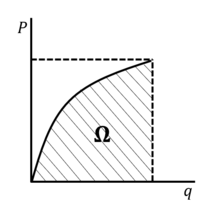Sun is the only source of all energy on Earth. Energy is important to life and living things. Energy is the quantitative property that must be converted to the body to bring about work. Energy can neither be generated nor be shattered but it can only be converted from one form to another. There are four ways we can transform energy: Here we are presenting our article about Reliant Energy Plans .
- Mechanical
- Electrical
- By Radiation
- By Heating
There are many types of energies
- Kinetic energy: It is measured of the work an object can exert due to which motion exhibits.
- Radiant energy
- Thermal energy
- Sound energy
- Electrical energy
- Mechanical energy
- Potential energy: it is the energy that is put away in an object or substance. The stored energy is always based on the place, arrangement, or state of the object or substance.
- Gravitational Potential Energy: It is energy that is exerted by the earth’s gravitational force to make an object vertically straight. The higher it is above the ground the more the gravitational pull it exerts.
- Elastic Potential Energy is the energy that is stored in an object that can be compressed or stretched. For example rubber bands.
Units of Energy
Joule is the International System of Units of measurement of energy. It is named after James Prescott Joule. Joule is the energy expending in applying a force of one Newton through a distance of one meter. However, energy can also be expressed in other units such as calories, Kilowatt-hour, kilocalories, ergs, and British thermal units.
History
The word energy is obtained from the Greek word “Energeia” which means activity and operation. This term first appears in the work of Aristotle in the 4th Century BC. In 1807, Thomas Young used the term “energy” in its modern sense. In the 19th and 20th century James Prescott, Gustave-Gaspard Coriolis, and William Rankine led the theory of conservation of energy which was later largely formalized by William Thomson.
Energy Rate
Energy rate is the amount of free energy per unit of time per unit mass. Terminologically, it is equivalent to power density. It is measured in units of W/kg. The energy rate density defines a flow of energy through any system of a given mass and has been proposed as a measure of system complexity. The more complex the system is the more energy flows per second through each gram.
They first appeared billions of years ago and started increasing across 14 billion years causing intense complexity throughout historical times.
The Terminology Of Energy Rate

Energy rate density is the universal term that is equivalent to more technical terms used by many disciplinary scientists. For example:
- In Astronomy – Luminosity-to mass ratio is the main sequence of stars is potted against their masses we observe a mass luminous relationship
- In Physics – power density is the amount of power per unit volume.
- In Geology – Radiant flux is radiant energy emitted, transmitted, or received per unit of time
- In Biology – Metabolic rate is a minimum calorie burn when the body is at rest.
- In Engineering – Power to weight ratio is extreme power output by our body mass in a kilogram.
